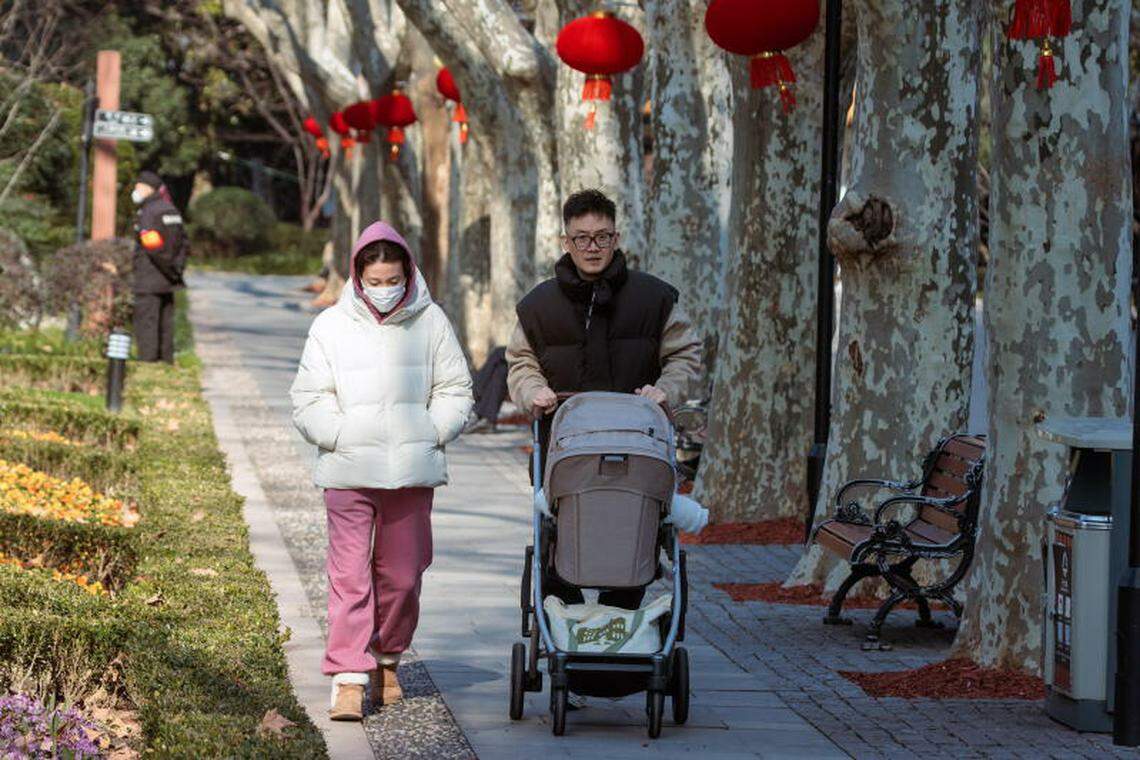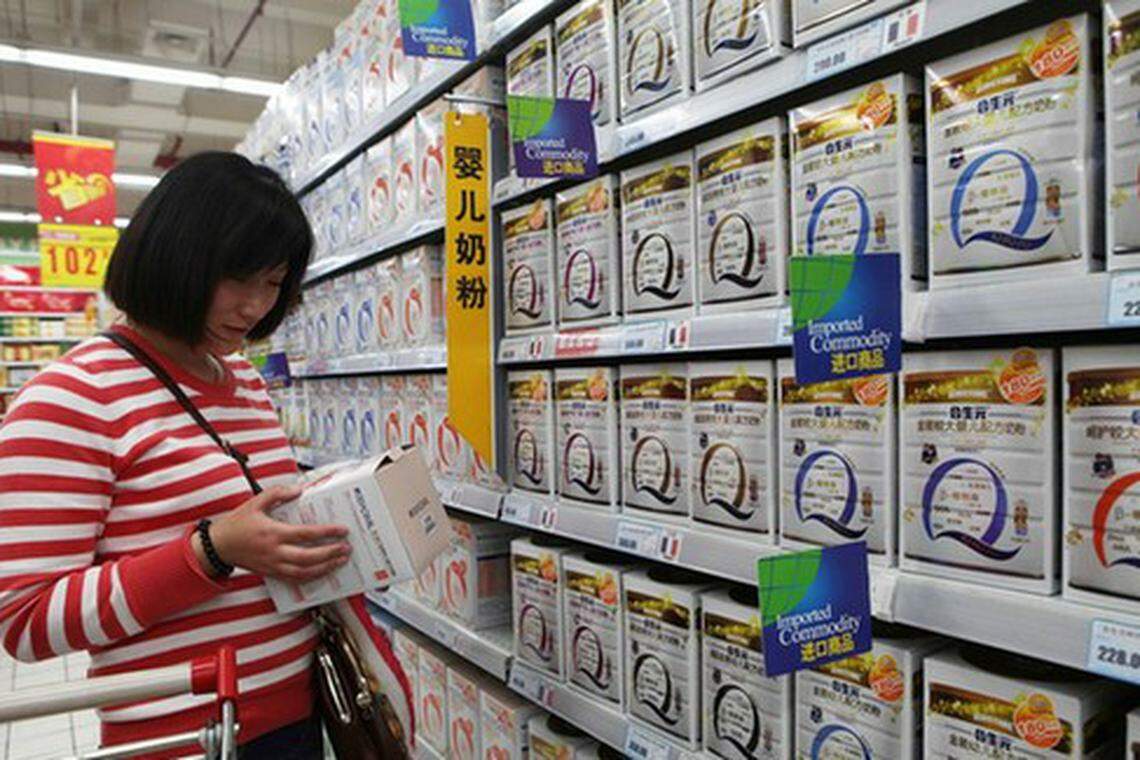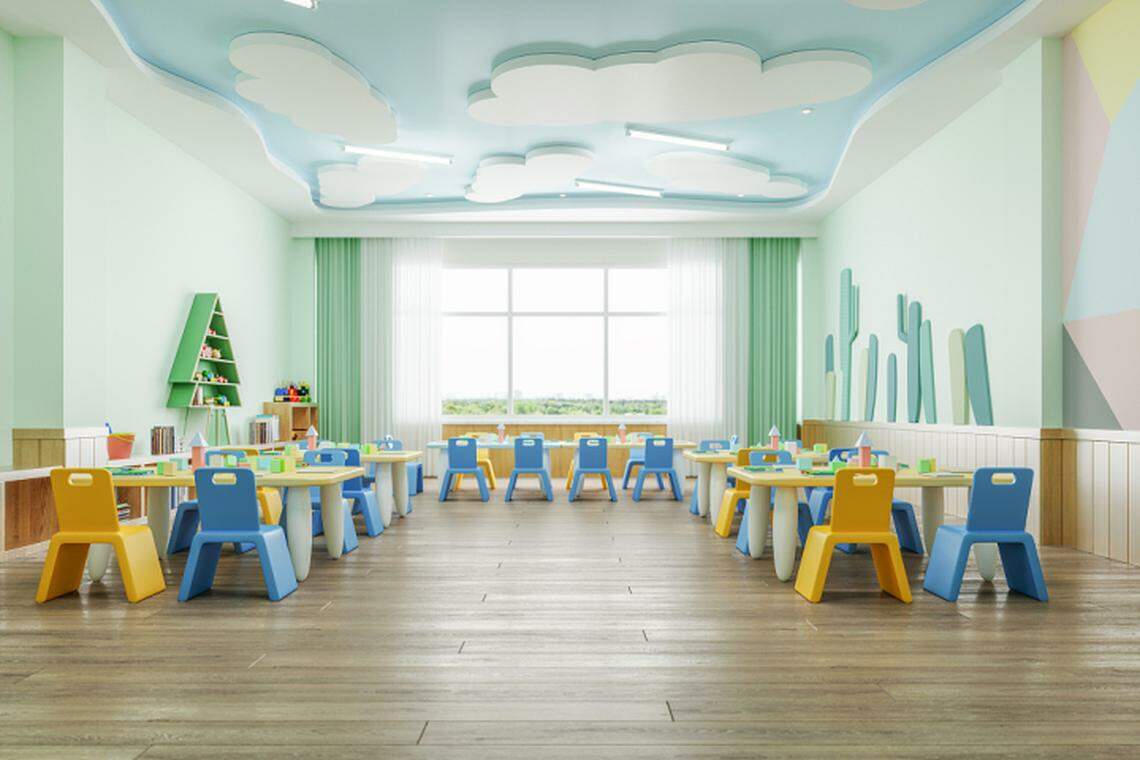
With the decline of the Chinese birth population, the mother and baby industryIn the past, the era of population growth and "lying down and making money" no longer.Facing the increasing pressure of sales, the Chinese mother and infant industry made their best solutions, and tried to break out another sky under the contraction of the market.
China's new birth population has begun to go downhill since 2016.Although the official announced the implementation of a three -child policy in May 2021, and trying to reverse the trend of decline in fertility, it is still difficult to change the willingness to give birth to the people.
The 2022 Population data released by the National Bureau of Statistics of China in January this year shows that the new birth population nationwide last year was 9.56 million, which fell for the sixth consecutive year. Compared with the 18.83 million in 2016, it was almost cut off.Essence

This is undoubtedly a great warning for the mother and baby industry.The decline in the birth population means that the demand for infant supplies in China has weakened, which greatly impacted corporate income.
According to data released by Boao's Maternal and Baby Industry Research Institute in 2021, from 2010 to 2018, the growth rate of the Chinese maternal and infant market has continued to accelerate: from 10%in 2010 to 2018The peak of 18.5%of the year.However, after that, the decline in the number of newborn has led to the suspension of the rapid market growth. By 2020, the growth rate fell to 13.3%.
According to the remittance helper to the mother and baby big data research institute in November last year, the average monthly sales of maternal and infant stores in the first three quarters of 2022 were 159,000 yuan (RMB, about 30,000 443 yuan), Decreased by 6.3%compared with the same period of 2021. Compared with the same period of 2021, only 11.84%of maternal and infant retail stores in the first three quarters of 2022 rose, and exceeding 80%of maternal and infant stores fell significantly.
Euromonitor predicts that the size of the Chinese maternal and infant market will shrink for the first time this year, down to 37.6 billion US dollars (about S $ 49.8 billion);$ 37.2 billion.
The transformation of mother and baby enterprises
The mountain does not turn around, and the road will not turn.Faced with the continuous shrinking and increasingly difficult infant market market, Chinese mother -to -child companies began to rush to grab new business share, or choose to expand their business in the market with young people in Southeast Asia and India.
The infant product manufacturer Jianhe International Holdings (HH) listed in Hong Kong is one of the maternal and infant companies that go overseas.Nearly half of Jianhe's income comes from baby products, such as baby formula milk powder, food and diaper.However, due to the decline in domestic demand in China, the excess capacity of production capacity can only sell products at a cheaper price, which led the company's revenue in China last year to decline by 12%.
In order to offset this gap, Jianhe began to export products with young people with young people such as Vietnam, Thailand, India, Malaysia, etc., and at the same time changed to adult nutritional products.Akash Bedi, the temporary CEO of Jianhe, said that the company's health brand Swisse has gradually expanded in the above market, and the global revenue of the adult nutritional department has increased by 12.5%.
However, the most affected by the declining childization and the aging of the population, maybe it is also a infant formula maker with a less rich product line.
As a large country demand for milk powder, China is extremely dependent on overseas imports in key supplementary materials such as dehydration and milk powder, probiotics, and milk iron protein.The price has risen in the past year; and under the strict censorship of overseas markets, coupled with the historical shadow left by melamine milk powder many years ago, Chinese baby milk powder produced is also difficult to export.Today, the decline in domestic demand has made these milk powder manufacturers miserable.

Among them, China's largest baby formula maker, Feihe, Flying Crane's revenue in 2022 decreased by 6.4%, Australia's Youyou Dairy fell by 9.1%, and Yashili International Holdings plummeted by 15.7%.
Faced with bleak performance, the three companies are turning their sights to the market of adults or elderly people. Among them, Yashili also launched products for young women, such as wolfberry puree and fruit oatmeal.
For maternal and infant companies, when China's population distribution tends to aging, it is more attractive than the infant market, more stable and lasting adults and elderly markets.
The data of the remittant gang shows that in the first three quarters of 2022, the sales of students' children's milk powder, special milk powder, and pregnant women's milk powder increased by 18.5%, 36.5%, and 3.1%year -on -year.Fall 5.6%.
Shaun Rein, managing director of the China Market Research Group (CMR), said that the business with a single maternal and infant enterprise requires one or two years or even three years to implement the company's transformation strategy.Prior to this, they would have to face the dilemma of declining profits and income.
CMR also predicts that the market size of Chinese children's products and services (including education) will be reduced by 15%to 20%in the next five years.
It is not just maternal and infant companies that face difficulties
It is not just a mother -to -child enterprise.
For example, according to the investigation of iimedia Research to provide a confinement center for postpartum women (that is, confinement), benefiting from the rise of the "her economy" model in China, the women's economyWith the improvement of social status, the number of stores has maintained a growth rate of 9%to 10%in recent years.

In the view of entrepreneurs, the confinement center threshold is low, the profit is high, and it is a rigid demand. It is also in its infancy in China. The market space is not saturated and the future development space is large.
However, like the maternal and baby products, in the trend of young childization, Ai Media Consultation predicts that the confinement center can develop stably in a short period of time, but the lower fertility willingness will beRisk factor.
Another industry that is also responsible for the impact of declining childization is kindergarten.According to Xinhua News Agency on Sunday (May 7), kindergartens in Beijing, Shanghai, Chongqing and other cities have appeared "difficulty in enrollment".In the Chengdu High -tech Zone, which was short of degree, 15 public kindergartens had to issue enrollment announcements to recruit students.
Since 2017, the number of newborns in China has decreased by 1 million to 2 million compared with the previous year."It is difficult to find" to the current "one child".

The Ministry of Education of China announced in March this year that the number of kindergartens nationwide in 2022 suffered the first negative growth since 2008. In 2022, there were 289,200 kindergartens nationwide, which was about the previous year.5,600, a decrease of 1.9%.
Many Chinese kindergartens have begun to implement Tuozan services in order to cope with operating dilemma, and it is also becoming the most popular business in private kindergartens.
However, to cope with the impact of declining childization, the expansion of maternal and infant companies to overseas or expand the scope of business, I am afraid it is difficult to apply to the operation of confinement centers and kindergartens.
Although the Chinese government has launched a new policy in successionPromoting the population of the newborn, but the declining childization and the aging population are probably an irreversible trend. The increasing competition in the mother and baby market and the situation of the inner volume may be difficult to avoid.
The era of "lying down and making money" in the pastThe threshold for enterprises to enter the mother and baby industry is low, and they can also enjoy the dividends caused by population growth. But now the dividends are no longer, and the market is more saturated. Facing the market mechanism of survival of the fittest, it is continuously conforming to the market changes.Enterprise's unique solution.




